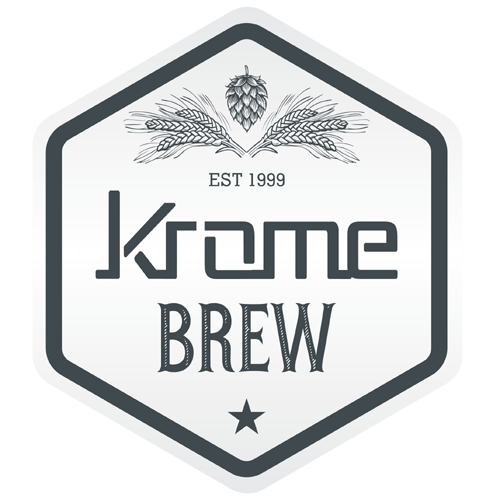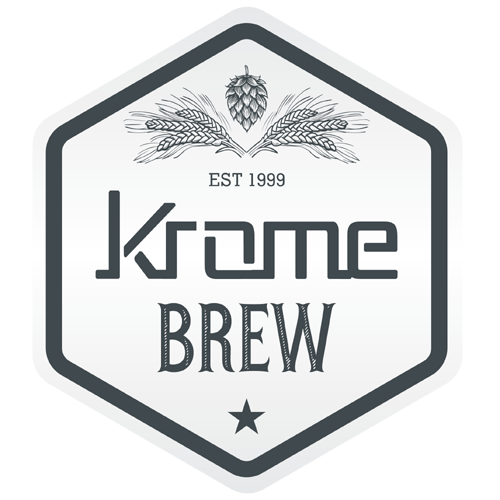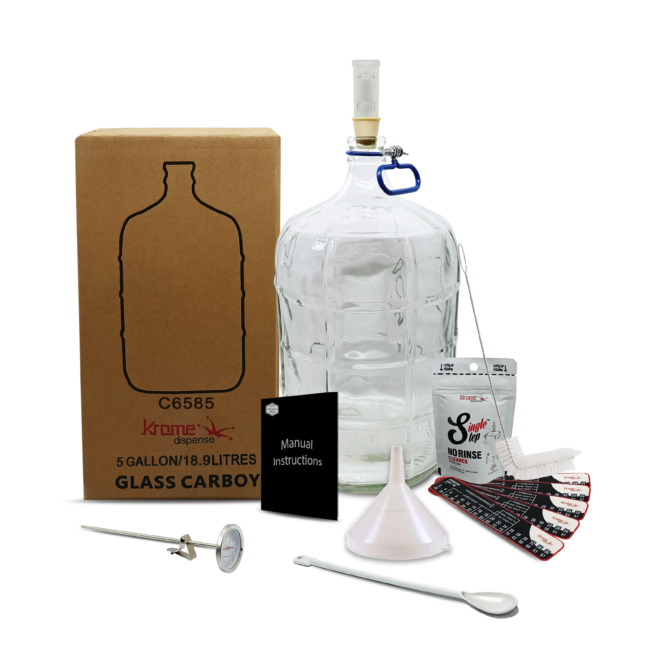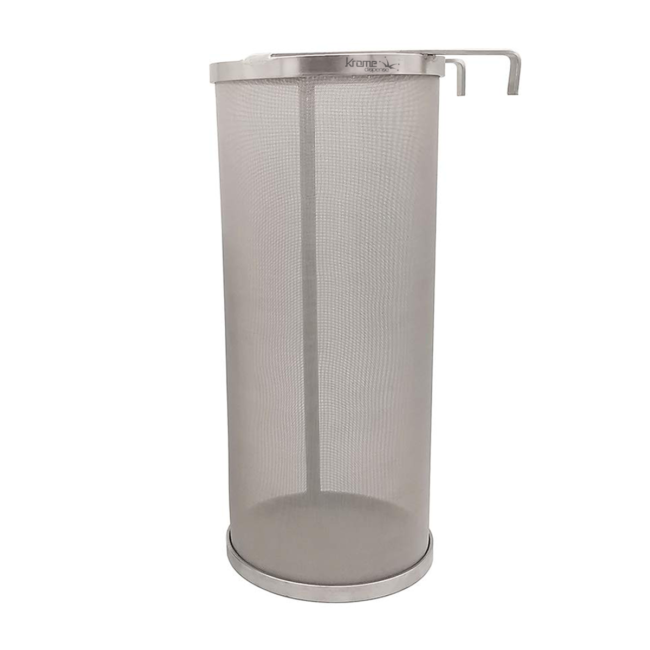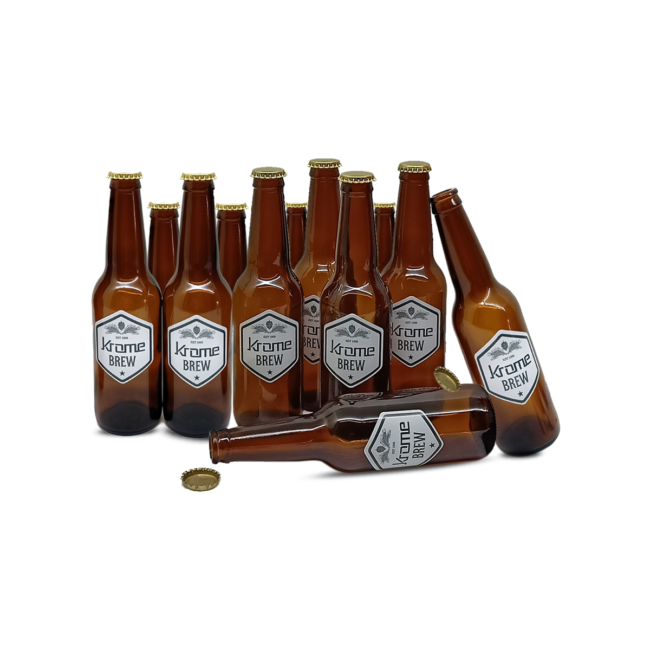All
How to Get Started with Making Your Own Beer at Home?
Homebrewing is both an art and a science. Many people love to create something extraordinary from a collection of individual parts. Similarly, making a beer is a continuous procedure and a quite satisfying hobby that you would wish to practice and gain perfection.
Even though the process is extensive, don’t get encouraged, with a few homebrewing kits and techniques you’ll have a finished product that everyone will enjoy. If you’re passionate about beer, brewing is key to producing something out of the box.
Ingredients for Beer Brewing
Beer is made with a perfect blend of barley, hops, water, and yeast. Well, there is of course much more to this, but it is as simple as it sounds. Note that the choice of ingredients may vary from different recipes, taste preferences, and occasions. We recommend using a complete homebrewing beer kit to start with detailed instructions alongside brewing equipment to produce a pleasurable final product.
KromeBrew's Brewing Equipment Kit >>Homebrew Equipment Kit
If you’re just starting out, we suggest buying a brewing equipment kit and having everything you require to create the first batch. You can get your hands on our homebrewing kits to have a remarkable brewing experience and a crisp taste of beer at home.
A Guide to Make Beer at Home
1. The Malting Process
The process of brewing beer starts with grains, often barley, you can also use oats and wheat. The grains are harvested and handled through heating, drying, and cracking. The malt used decides the color of the beer. Further, malt is added to the mash and steeped in hot water, producing a sugar liquid called wort.
KromeBrew's Spoons and Strainers >>2. Boiling and Adding Hops
Adding hops at the beginning of the boil will create bitterness, the hops added during the middle of the boil will create flavor, and the hops added at the end of the boil will create aroma. You should maintain a vigorous, rolling boil for the full hour.
3. Fermentation
Yeast is added once the wort gets cool. The yeast captures the sugar, producing carbon dioxide and alcohol. You can consider adding more hops or flavorings to make the perfect beer you’d prefer.
KromeBrew's Bottles and Growlers >>4. Filtering, Processing, and Bottling
After fermentation, you can put it into a cask, bottle, can, or keg. Because of its rich flavors affected during processing and filtering, unfiltered beer is considered creative.
5. The Finished Product – Mouth-Watering Beer
Now there is not much to talk about this process. If your beer is ready, try it right away. Remember, some beers enhance with time while others are good to consume within a few months.
The mild and medium-strength beer you can drink after 3-12 weeks after bottling. According to standard rules. On the other hand, stronger beers are best after 12-20 weeks or even longer, depending on the style.
If the type of equipment and ingredient seems like a challenge for you, let Krome Brew provide you with ready-to-use homebrewing kits. Contact us for more interesting facts and useful information.
